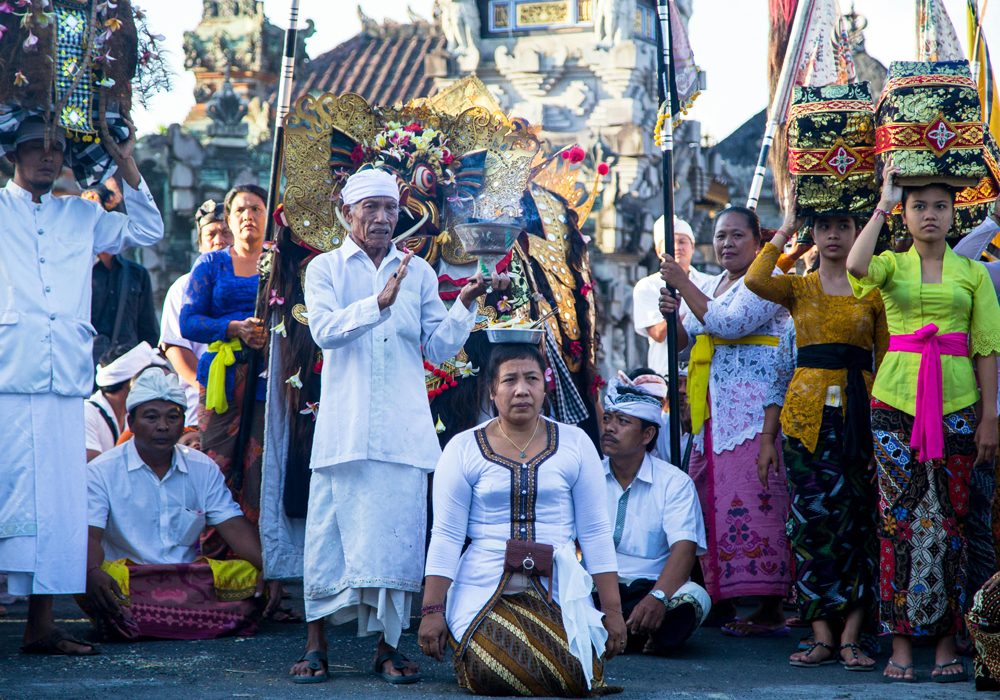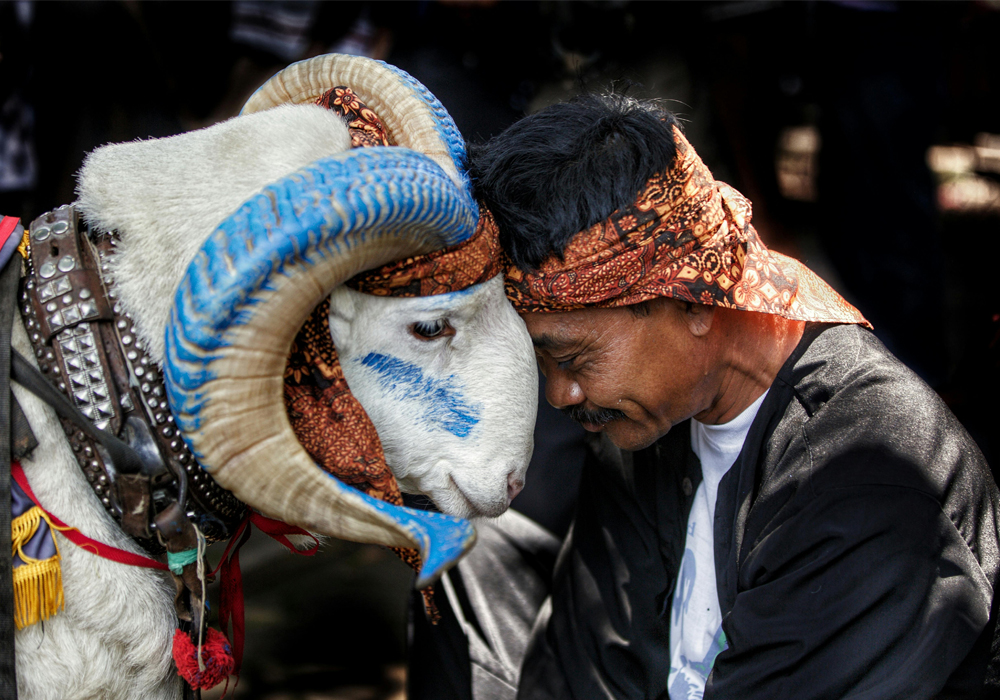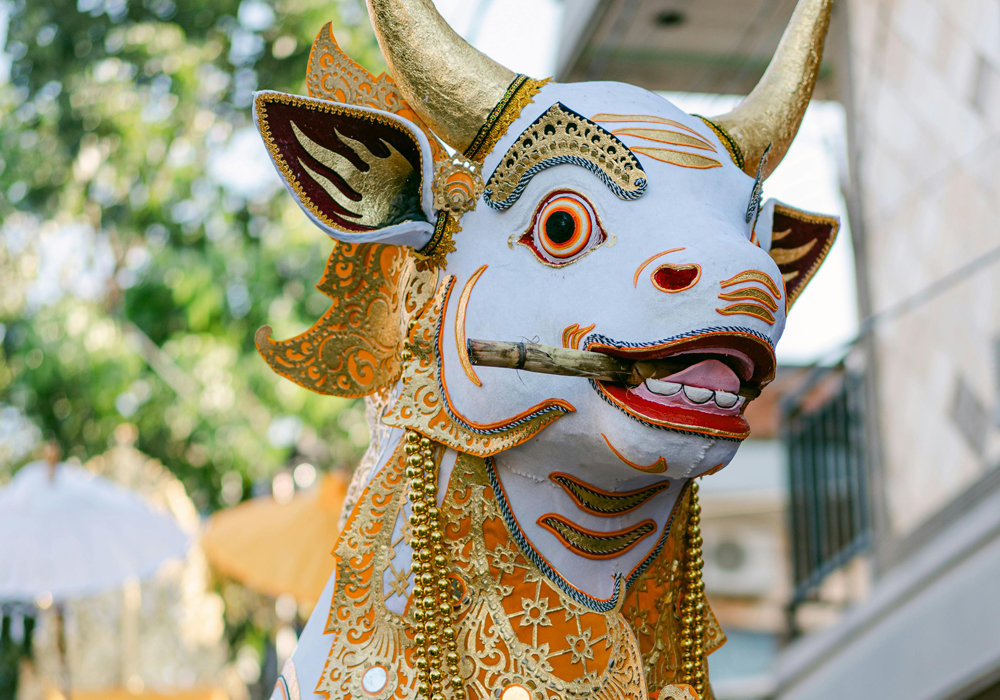The origin of word “Bule”. Imagine a brilliant American scholar, deeply immersed in Indonesian culture, who genuinely disliked being called “Master.” This isn’t a plot from a quirky historical novel; it’s the real-life story of Benedict Anderson, a pivotal figure in popularizing the intriguing Indonesian term, “Bule.”
From “Tuan” to “Bule”: A Scholar’s Stand Against Colonial Ghosts
When Benedict Anderson first arrived in Indonesia in the early 1960s, a common address for foreigners, particularly white Westerners, was “Tuan.” Now, “Tuan” simply means “sir” or “master,” and while seemingly polite, it carried a heavy, uncomfortable weight for Anderson. He felt it was a direct echo of the Dutch colonial era, a linguistic relic that reinforced a hierarchical, even racist, colonial mindset.
Anderson, who famously penned Imagined Communities and dedicated his life to understanding Southeast Asia, found this ingrained deference unsettling. He wanted to connect with Indonesians on a more equal footing, not as a remnant of a bygone oppressive power structure. So, he embarked on a linguistic rebellion, albeit a gentle one.

The Albino Buffalo Connection: A Humorous Origin Story
Anderson, ever the keen observer, noticed something. His own skin, like that of many Caucasians, was noticeably paler than that of most Indonesians. This whiteness reminded him of something unique in Indonesian culture: the kerbau bule, or albino water buffalo.
The word “bule” itself originates from the Old Javanese “bulai,” meaning albino or white-skinned. The kerbau bule are not just any buffalo; they are often considered sacred, particularly in Javanese royal processions, symbolizing purity or special status. There’s no negative connotation attached to the kerbau bule itself; in fact, they are revered!
So, with a dash of self-deprecating humor and a desire for cultural humility, Anderson began to tell his Indonesian friends, “Don’t call me ‘Tuan.’ Just call me ‘Bule,’ like the albino buffalo!” [Source: Benedict Anderson, A Life Beyond Boundaries: A Memoir].
How “Bule” Went Viral (Pre-Internet Style!)
Anderson’s suggestion resonated deeply, especially with the intellectual and student circles he frequented. They, too, were searching for a post-colonial identity and a more egalitarian way to address foreigners. The informal, almost cheeky nature of “bule” felt refreshing.
From these academic and activist networks, the word spread organically. It found its way into everyday conversations, eventually being adopted by the media, television, and popular culture across Indonesia. What started as a scholar’s personal preference became a ubiquitous term for Western foreigners.

“Bule” Today: A Mixed Bag of Perceptions
Fast forward to today, and “bule” is the most common term for a white foreigner in Indonesia. Its current perception, however, is a bit of a kaleidoscope:
- Neutral and Common: For many Indonesians, especially in tourist areas or when addressing someone quickly, “bule” is a straightforward, neutral descriptor, used without any malice. Children often shout “Hello, Bule!” out of simple curiosity or friendliness.
- A Bit Reductive: For some foreigners, being constantly referred to as “bule” can feel a little reductive. It emphasizes their appearance over their individuality, sometimes reminding them that they’re perpetually seen as “the other” regardless of how long they live in the country.
- Context is King: The tone and context are crucial. A friendly shout from a child is different from a dismissive mutter from an adult. It’s rarely overtly offensive but can sometimes feel impersonal or, in certain contexts, even carry a hint of stereotype (e.g., the “bule hunter” phenomenon in popular culture).
Ultimately, the story of “bule” is a fascinating linguistic journey. It’s a word that bridges ancient Javanese traditions, colonial history, the efforts of an influential scholar, and modern-day cultural interactions. It reminds us that language is a living, evolving entity, reflecting the complex tapestry of human experience.
